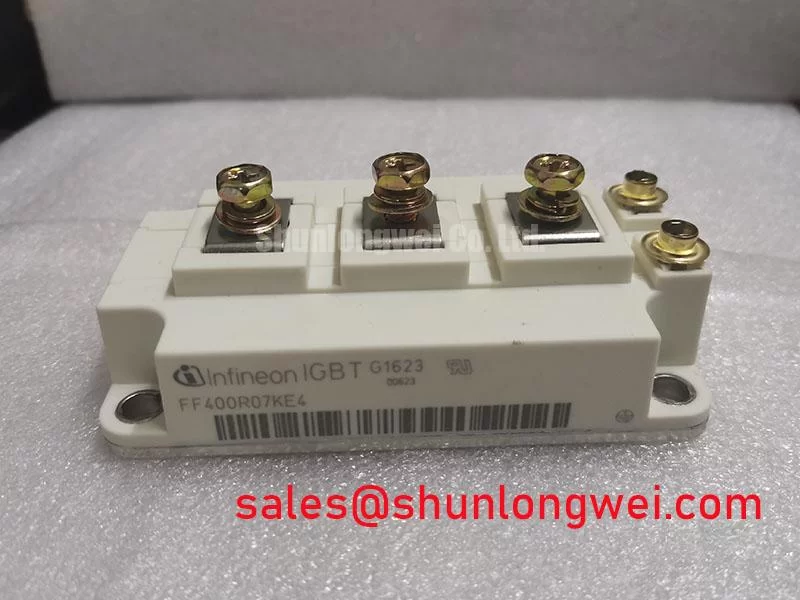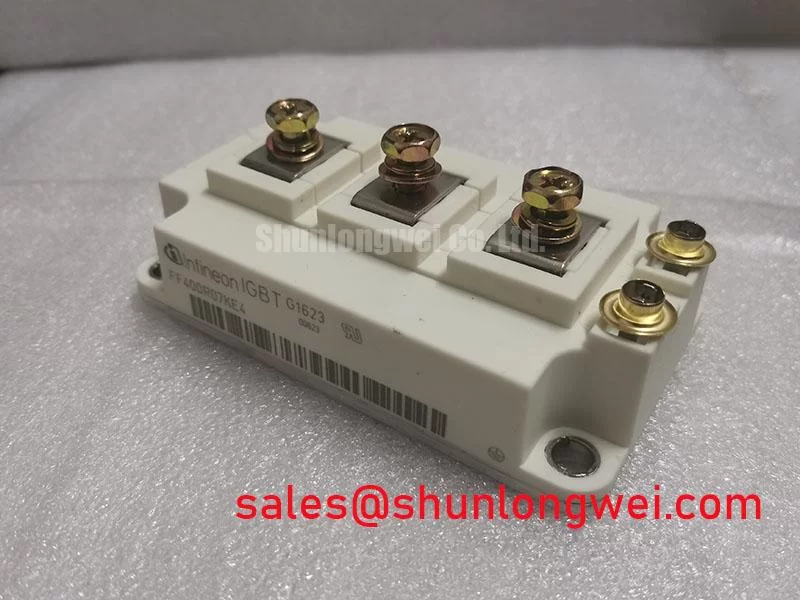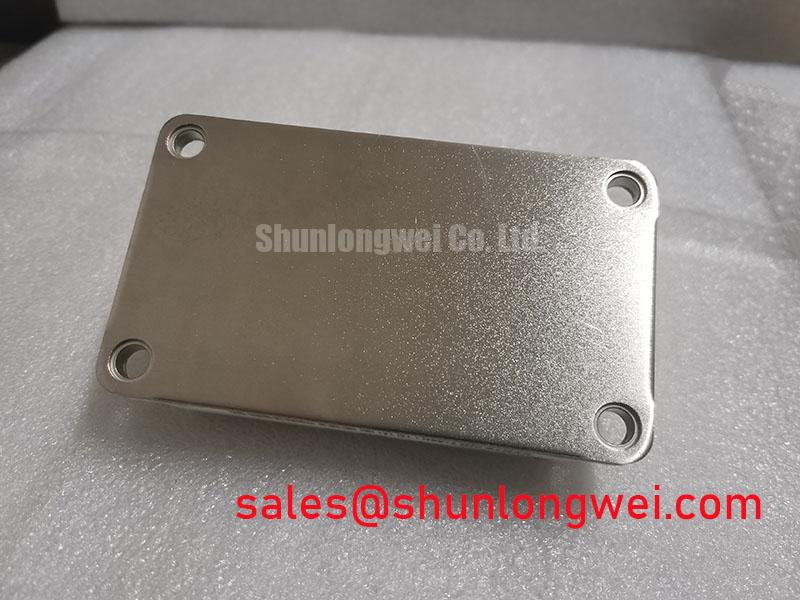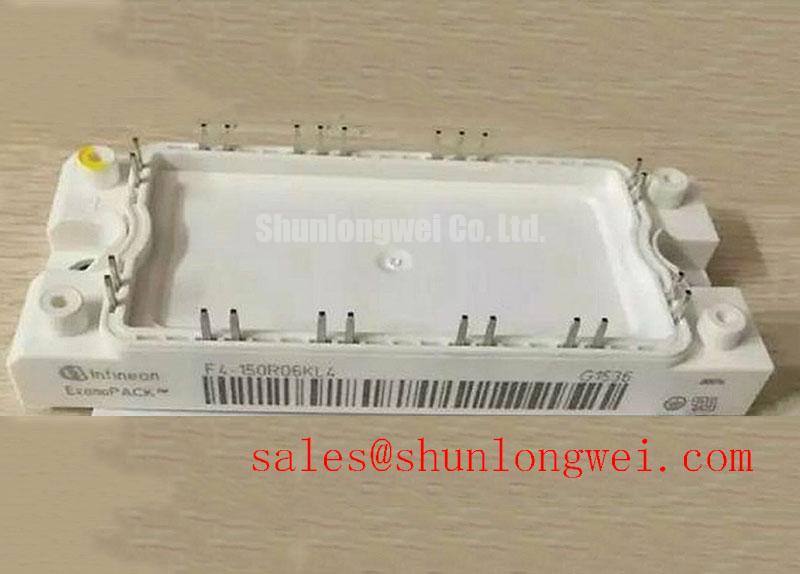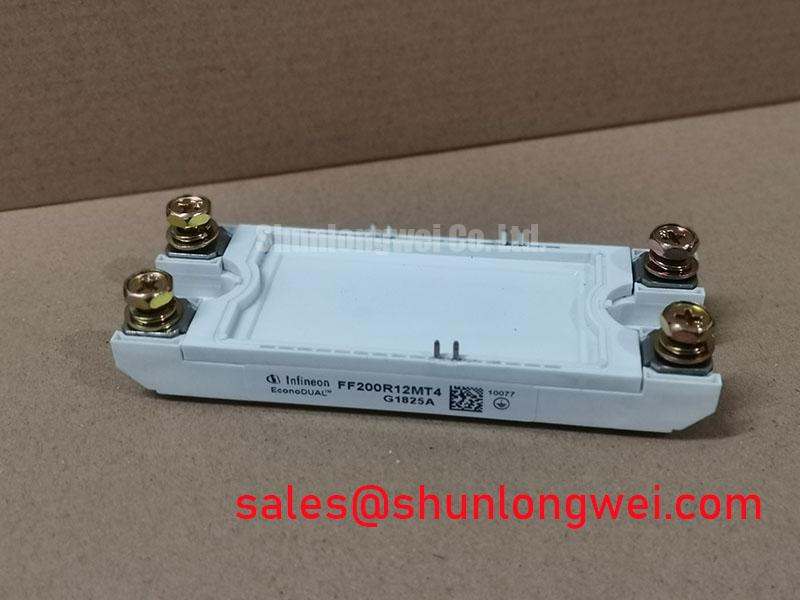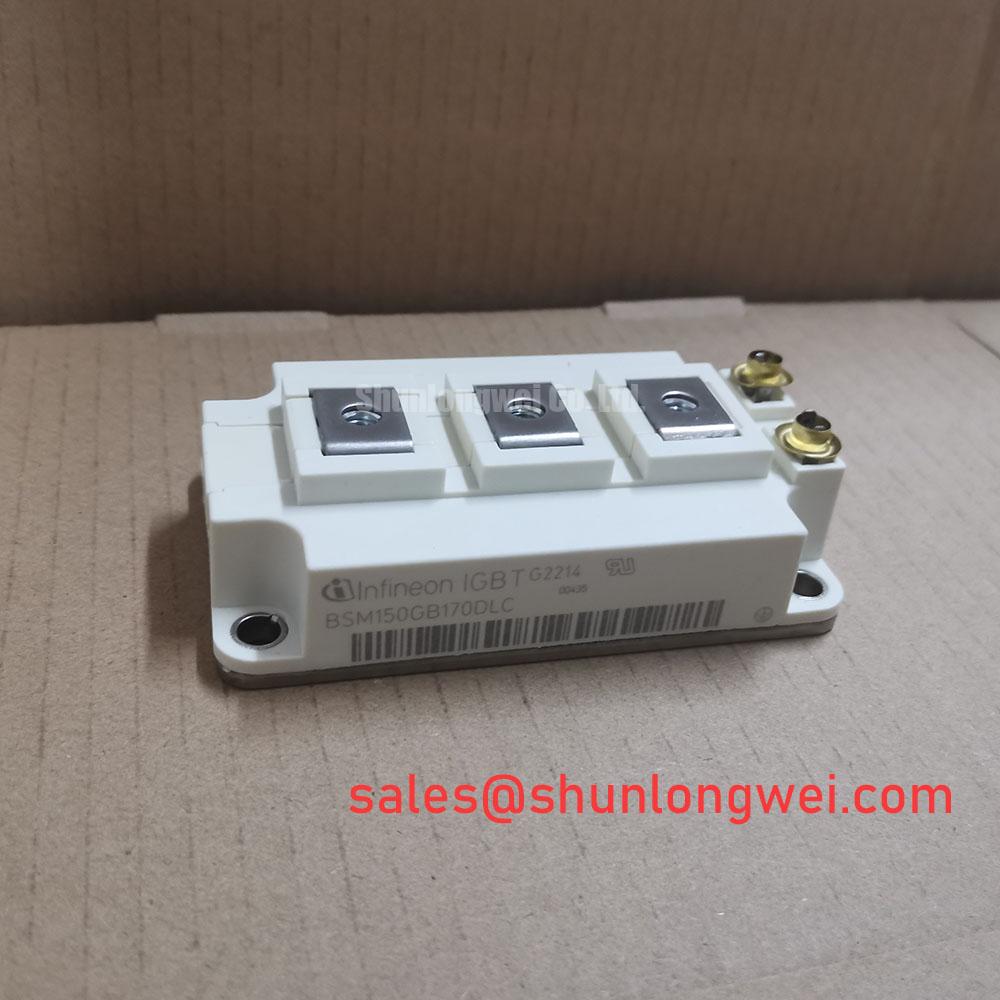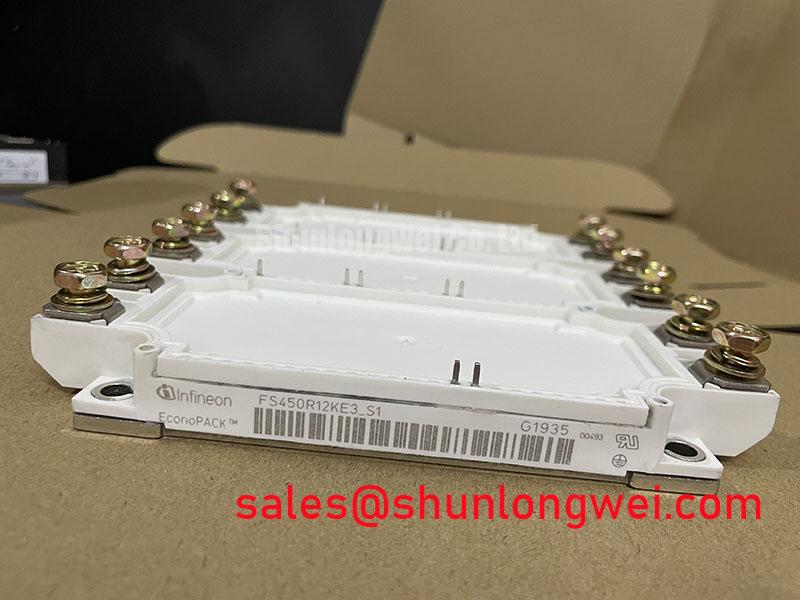Content last revised on November 19, 2025
FF400R07KE4: A Technical Guide to Infineon's 650V/400A IGBT Module
Introduction to the FF400R07KE4 IGBT Module
Engineered for high-power conversion systems, the Infineon FF400R07KE4 is a half-bridge IGBT module that prioritizes thermal efficiency and operational robustness. This module integrates Trench/Fieldstop IGBT4 and Emitter Controlled diode technology to deliver a superior performance profile defined by its core specifications: 650V | 400A | VCE(sat) of 1.70V. Key engineering benefits include minimized conduction losses and excellent thermal transfer, crucial for demanding applications. For designers evaluating power stages for industrial motor drives, this module directly addresses the challenge of achieving high power density while ensuring long-term operational reliability. What is the impact of its low VCE(sat)? A significant reduction in power dissipation, leading to lower operating temperatures and simplified thermal management. For systems requiring robust performance in demanding industrial environments, the FF400R07KE4's thermal characteristics make it a compelling choice.
Key Parameter Overview
Decoding the Specs for Enhanced Thermal Reliability
The technical specifications of the FF400R07KE4 are foundational to its performance in high-stress applications. Each parameter is not just a number but a direct indicator of its capability to maintain stability and efficiency under load. The values below, extracted from the official datasheet, are critical for accurate system modeling and thermal design.
| Parameter | Symbol | Condition | Value | Engineering Insight |
|---|---|---|---|---|
| Collector-Emitter Voltage | VCES | Tvj = 25°C | 650 V | Provides a sufficient safety margin for applications operating on 400V AC lines, protecting against voltage transients. |
| Continuous Collector Current | IC nom | 400 A | Defines the nominal current handling capability, suitable for high-power motor drives and inverters. | |
| Collector-Emitter Saturation Voltage | VCE sat | IC = 400 A, VGE = 15 V, Tvj = 25°C | 1.70 V (Typ.) | A low saturation voltage is analogous to low resistance in a mechanical switch. This value directly translates to lower heat generation during operation, a critical factor for efficiency. |
| Total Switching Energy | Ets | IC = 400 A, VCE = 300 V, Tvj = 125°C | 39 mJ (Typ.) | Represents the energy lost as heat during each on/off cycle. This low value is essential for systems operating at higher frequencies to maintain overall efficiency. |
| Thermal Resistance, Junction to Case | RthCH (per Diode) | 0.12 K/W | This parameter is a crucial measure of how effectively heat can be transferred from the active semiconductor diode to the module's case. A lower value signifies more efficient cooling. | |
| Operating Junction Temperature | Tvj op | -40 to +150 °C | A wide operating temperature range ensures reliable performance across diverse and demanding industrial environments. |
Download the FF400R07KE4 datasheet for detailed specifications and performance curves.
Application Scenarios & Value
System-Level Benefits in Industrial Power Conversion
The FF400R07KE4 is engineered for applications where thermal performance and efficiency are non-negotiable. Its primary value is realized in high-power converters and industrial motor drives, forming the core of many Variable Frequency Drive (VFD) systems. Consider the engineering challenge in a high-torque AC motor drive: managing the significant heat generated during low-speed, high-current operation. The FF400R07KE4's low typical VCE(sat) of 1.70V directly mitigates this issue by minimizing conduction losses. This is akin to reducing friction in a mechanical system; less energy is wasted as heat, which allows for a smaller, more cost-effective heatsink and potentially a more compact overall inverter design. This thermal efficiency is crucial for maintaining system reliability and preventing premature component failure in equipment such as industrial conveyors, pumps, and factory automation robotics. While this module is optimized for 650V systems, for applications requiring higher blocking voltage, the related FF400R12KE3 offers a 1200V rating within a similar current class.
Frequently Asked Questions (FAQ)
What is the primary benefit of the Trench/Fieldstop IGBT4 technology used in the FF400R07KE4?
Trench/Fieldstop IGBT4 technology provides an optimized balance between low conduction losses (low VCE(sat)) and reduced switching losses. This combination is key to achieving high efficiency in power conversion systems that operate across a range of frequencies, such as Servo Drive applications.
How does the 150°C maximum operating junction temperature benefit my design?
The ability to operate reliably at up to 150°C provides a significant thermal margin. This allows designers to push for higher power density, tolerate higher ambient temperatures, or design a more cost-effective cooling system without compromising the long-term reliability of the power stage.
What does the RthCH value of 0.12 K/W for the diode signify for thermal management?
This low thermal resistance value for the freewheeling diode indicates very efficient heat transfer from the silicon junction to the module's baseplate. For applications with significant regenerative energy or reactive loads, like motor braking in an elevator, this ensures the diode can be cooled effectively, preventing thermal runaway and enhancing system robustness.
Is the FF400R07KE4 suitable for parallel operation to achieve higher current output?
Yes, the datasheet provides characteristics for parallel operation. The positive temperature coefficient of VCE(sat) helps in achieving balanced current sharing among parallel-connected modules, which is a critical feature for designing multi-megawatt scale converters. However, careful gate drive design and symmetrical busbar layout are essential for reliable paralleling.
What is the significance of the 650V VCES rating?
The 650V collector-emitter voltage rating provides robust protection against overvoltage conditions on 400V AC power lines, which are common in industrial settings. This built-in safety margin enhances the reliability of the inverter, particularly in environments with unstable power grids or high inductive loads that can cause voltage spikes.
An Engineer's Perspective
From a design engineer's viewpoint, the FF400R07KE4 from Infineon stands out for its well-defined thermal characteristics. The datasheet's clarity on parameters like thermal resistance and switching energies under various conditions allows for precise and reliable simulation before prototyping. This predictability reduces design cycles and minimizes the risk of thermal over-stress in the final application. The module’s robust thermal design, combined with proven IGBT4 technology, offers a dependable foundation for building high-performance power electronics that must endure the rigors of the industrial environment.

